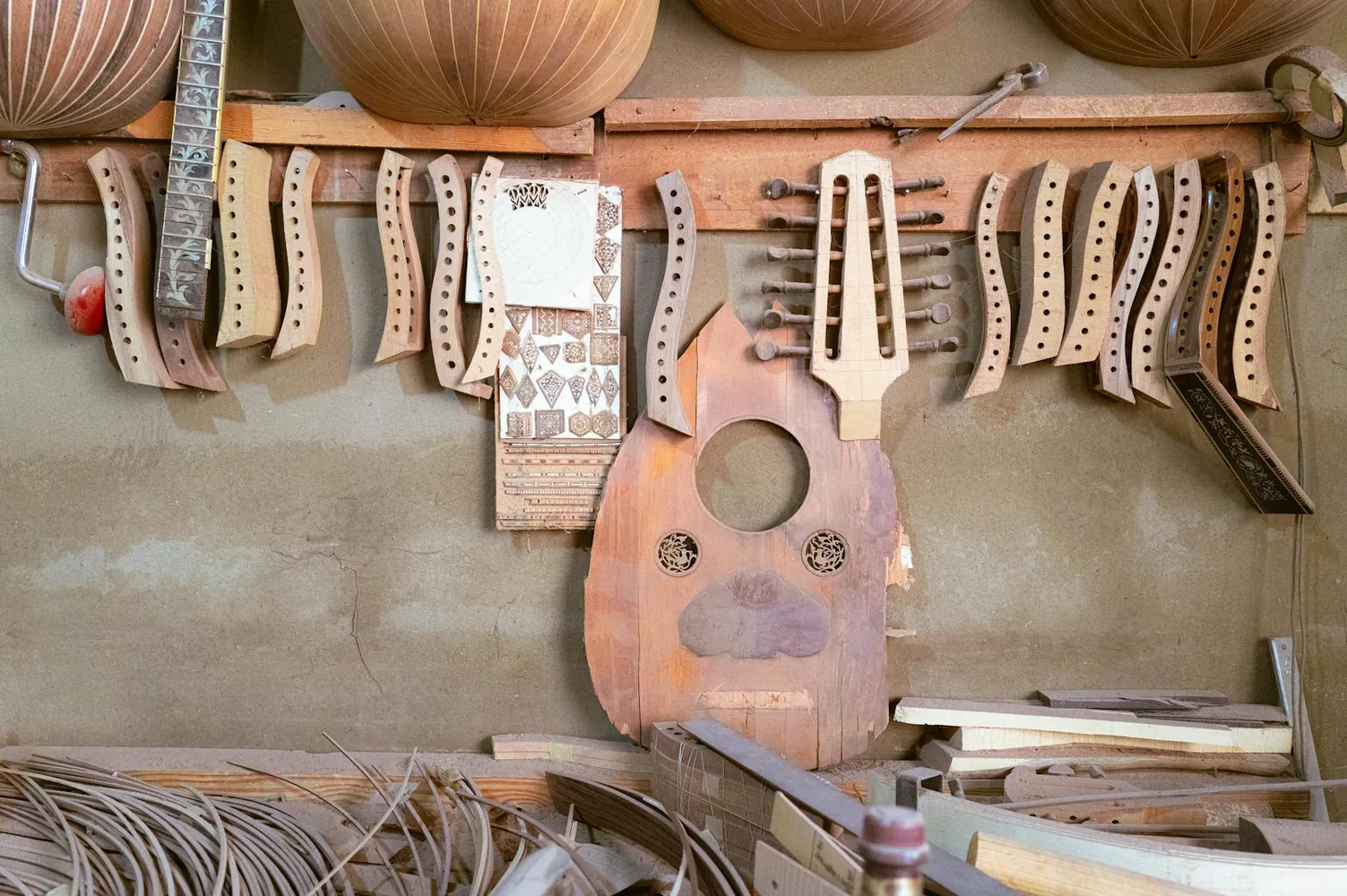From Oud to Synths: Reviving Ancient Sounds in Today’s Music

The Timeless Appeal of Ancient Instruments
In an age where music production is dominated by digital synthesizers and computer-generated sounds, there is a growing trend among musicians to incorporate ancient instruments into contemporary music. This fusion not only revives forgotten timbres but also enriches modern genres with textures that evoke deep cultural histories.
Instruments like the shakuhachi, a Japanese bamboo flute, and the oud, a lute-like instrument originating from the Middle East, are being rediscovered by artists who wish to bridge the past with the present. These instruments offer unique sonic qualities that are hard to replicate with digital means.
The Shakuhachi's Ethereal Sound in Jazz and Pop
The shakuhachi's breathy, meditative tone has captivated musicians beyond traditional Japanese music. In jazz, artists like John Kaizan Neptune have popularized the instrument by blending it with Western harmonies and improvisation techniques. Neptune, a Californian who studied shakuhachi in Japan, demonstrates how this ancient instrument can weave intricate patterns within jazz compositions, adding an element of surprise and depth.
In pop music, artists such as Björk have used the shakuhachi to add a haunting quality to their tracks. On her album Utopia, Björk uses the flute to create soundscapes that are both otherworldly and deeply human, tapping into the instrument's capability to convey emotion through its natural, airy resonance.
The Oud: From Classical Roots to Electronic Fusions
The oud's rich, warm tones have long been central to Middle Eastern music, but its use in modern genres is gaining momentum. Musicians like Anouar Brahem, a Tunisian oud player, blend traditional Arabic scales with jazz elements, creating a fusion that respects both traditions while exploring new musical territories. His album Astrakan Café is a masterclass in integrating these diverse influences.
Electronic producers are also finding ways to incorporate the oud's distinctive sound into their tracks. For instance, producer Mercan Dede combines electronic beats with live oud performances, crafting pieces that maintain the raw emotional pull of traditional music while appealing to modern dance floors.
Integrating Ancient Sounds into Modern Compositions
For musicians looking to incorporate ancient instruments like the shakuhachi and oud into their work, understanding both the historical context and technical playing styles is crucial. Here are some practical steps to begin this integration:
- Research the Instrument's History: Understanding the cultural background and traditional usage of an instrument can inform your creative process.
- Learn Basic Techniques: Even if you're not playing the instrument yourself, knowing basic techniques can help you communicate better with performers or software that emulates these sounds.
- Collaborate with Traditional Musicians: Partnering with skilled players of these instruments can bring authenticity and new perspectives to your compositions.
- Experiment with Recording: Capture the nuances of these instruments by experimenting with microphone placements and recording settings to preserve their unique sound qualities.
Case Study: Global Inspirations in Electronic Music
One illustrative case is that of artist Nicolas Jaar, known for his ability to blend various musical traditions into electronic music. Jaar often uses samples of traditional instruments like the oud and creates ambient soundscapes that highlight the texture and history of these sounds. This not only educates listeners about diverse cultures but also sets his work apart in a crowded music scene.
Jaar's approach involves extensive sampling and remixing. He collects recordings from around the world, carefully selecting portions that enhance his electronic compositions. By placing these sounds in new contexts, he challenges listeners to hear them in fresh ways.
Building Your Own Ancient-Modern Fusion
If you’re inspired to start incorporating ancient sounds into your music, consider developing a mini-framework tailored to your creative process. Here's a practical approach:
- Identify Your Influences: Choose which ancient sounds resonate with you and why. This could be based on personal heritage or simply musical interest.
- Create a Mood Board: Use visuals and audio clips that represent the atmosphere you want to create. This can guide your artistic decisions throughout the project.
- Define Key Elements: Decide on the core elements that will make up your track. This might include specific instruments, rhythms, or thematic concepts.
- Experiment with Layering: Start with one traditional instrument and layer other modern elements gradually. Listen critically to how these layers interact.
- Iterate and Refine: Use feedback from peers familiar with both traditional and modern music to refine your compositions further.
This blend of old and new offers an exciting frontier for musicians eager to explore uncharted sonic territories. By acknowledging the rich history behind each instrument while innovatively crafting their own soundscapes, today's artists are creating works that resonate across time.
